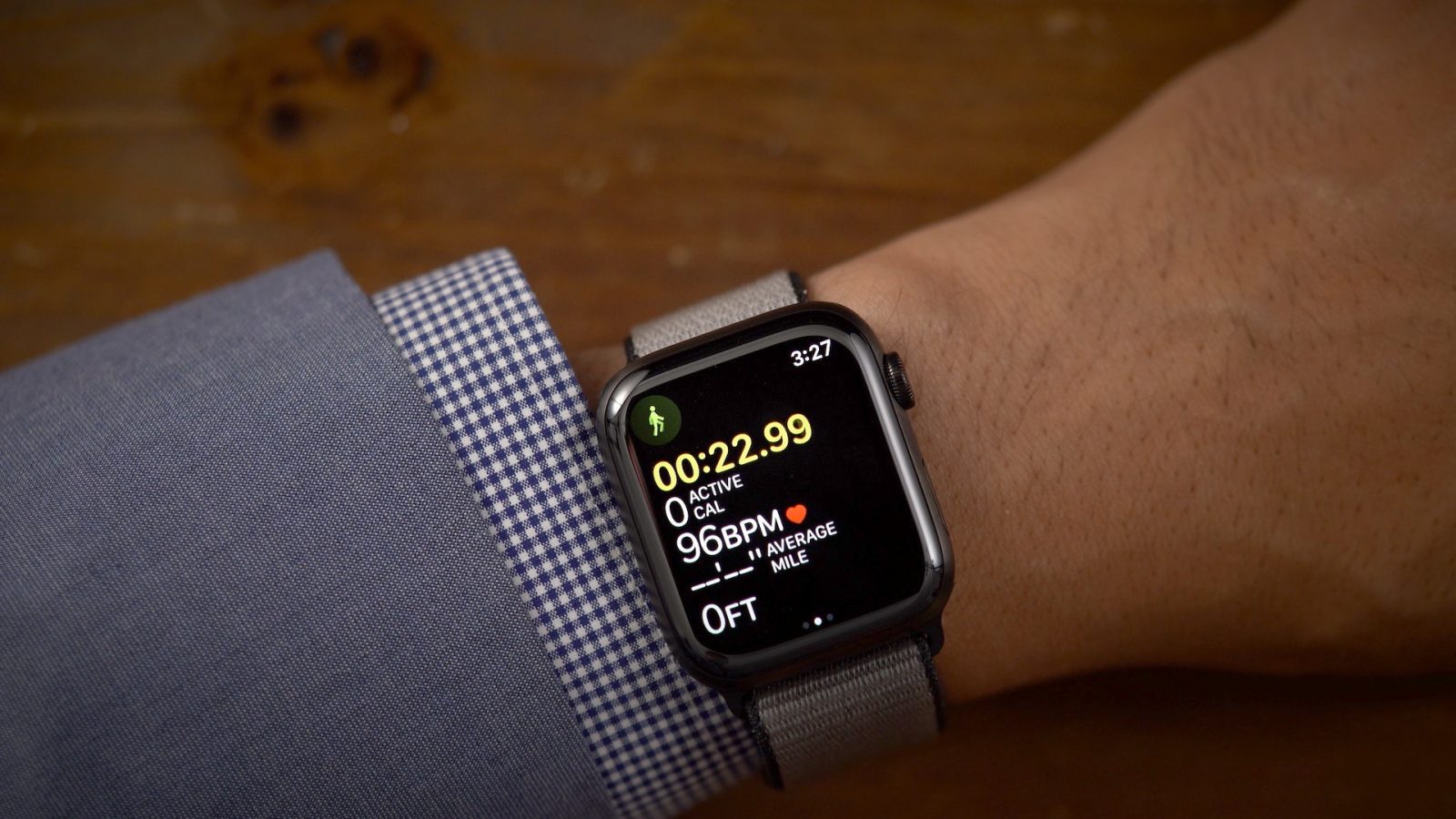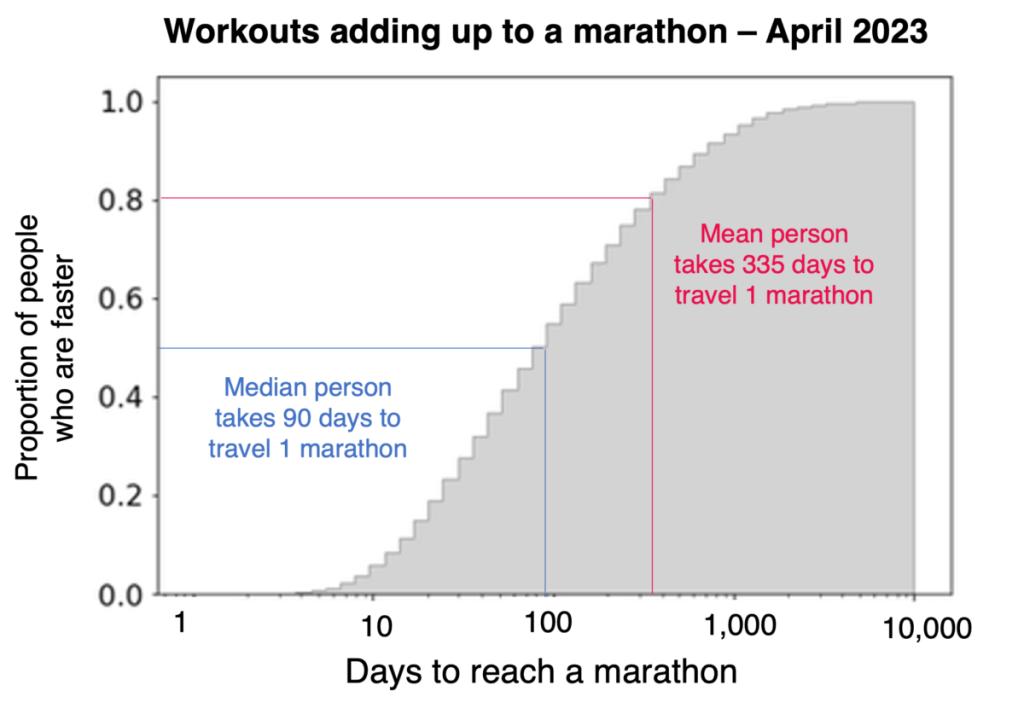
I can’t run a marathon (and I don’t plan on trying), but new data from the Apple Heart and Movement Study offers some insight into the training habits of people who do.
Published by Brigham and Women’s Hospital on Friday, the data reveals that more than 1,500 participants of the Apple Heart and Movement Study ran an estimated 2,623 marathons over the course of the study period (November 2019 – January 2024).
Some big picture data on how Apple Heart and Movement Study participants utilize their Apple Watch for walking and running:
Since the Apple Heart and Movement Study’s launch in November 2019 through January 1st, 2024, there have been over 197,700 participants who recorded at least one walking workout and about 99,400 with at least one running workout. Over 50% of participants who recorded either exercise achieved a 5k (5.0 kilometers = 3.1 miles) distance or more at least once in each respective category.
“If all the running and walking workouts were to be added up in a given period, how long would it take Apple Heart and Movement Study participants to reach the 26.2-mile marker?,” the posits:
A total of 76,114 participants in April 2023 logged at least one walk or running workout. Within the month, 17,376 (22.8%) participants recorded a summed distance of 26.2 or more miles. In addition, we estimated the number of days it would take each of the 76,114 participants to complete a marathon based on the frequency of walks or runs and the distance they traveled that month.
Based on April’s data, half of our participants would walk and/or run 26.2 miles in 90 days or fewer. The average speed is a bit slower, 334 days per marathon – due to a long tail of participants who infrequently log a run or walk. Note that our method may tend to underestimate true distance traveled because we only consider walks or runs that were part of a workout logged and shared with AH&MS.
While we did not look at step count in this update, another common approximation based on average stride length is roughly 2,000 steps per 1 mile, with a marathon resulting in about 52,400 steps!

If you’re considering running a marathon, the Apple Heart and Movement Study has some tips on training:
While it’s most common to have at least four months of training leading up to a marathon distance, we looked at the three months leading up to it to limit possible overlap in the build-up of training for other events.
We saw a large variation in training strategies, but a few patterns emerged. It’s standard practice to build up gradually in miles and “taper” in the last month to ensure your body is well-rested for the big day. After a marathon, rest and recovery are recommended, so runners are encouraged to have a very light week following.
The top 10% ran roughly 16 miles more per week than the middle 10% leading up to marathon day.
The full data can be found over at the Apple Heart & Movement Study website. While it doesn’t necessarily inspire me to lace up my shoes and run a marathon, maybe it will for you.
FTC: We use income earning auto affiliate links. More.



Comments